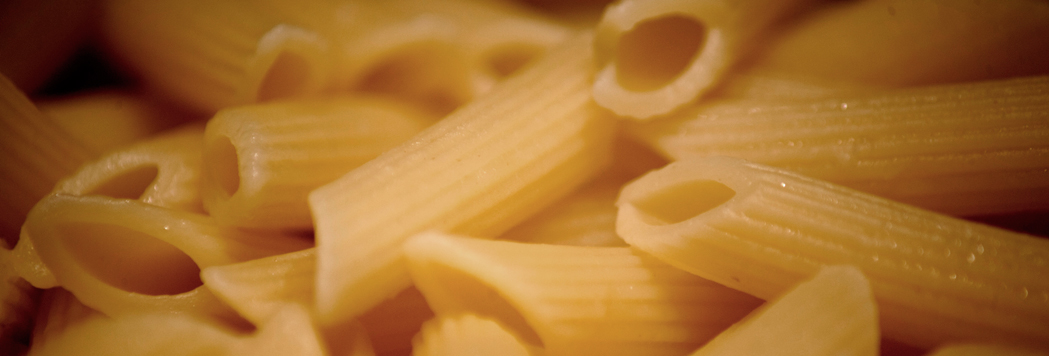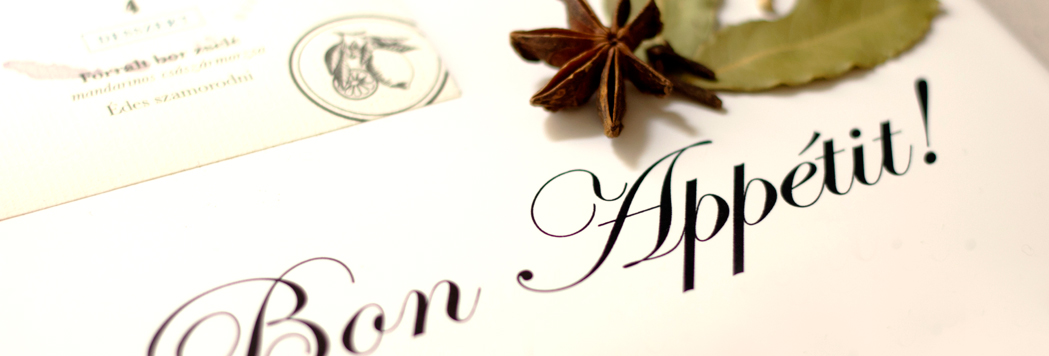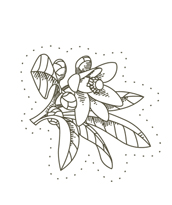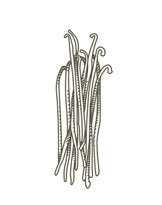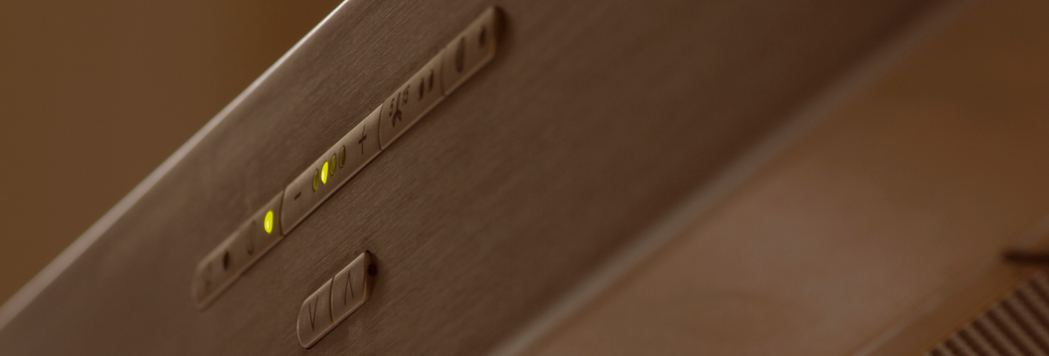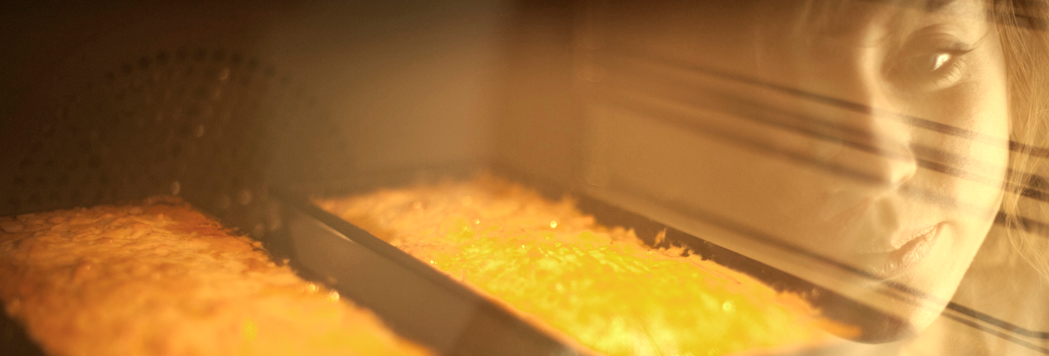Bay/Sweet Bay/Laurel
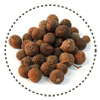 Bay/Sweet Bay/Laurel (Laurus nobilis)
Bay/Sweet Bay/Laurel (Laurus nobilis)
Bay comes from an evergreen tree found in Venezuela, the West Indies, and the Guianas. The bay tree has long, glossy, green leaves, tiny white or pale yellow flowers and black berries. It may have originated in Southern Asia and migrated from there showing up in Greece and Rome both as food and symbol. The Romans believed that bay oil was symbolic of wisdom, and peace. Further, they believed bay would afford them protection, and keep them safe. Laurel leafs wreaths were presented to Olympians because they come from the Laurel tree, and ‘Laudis’ is Latin for 'to praise’. A popular spice used in pickling and marinating and to flavour stews, stuffings, and fish, bay leaves are delicately fragrant but have a bitter taste. They contain approximately 2 percent essential oil, the principal component of which is cineole. The smooth and lustrous dried bay leaves are usually used whole and then removed from the dish after cooking; they are sometimes marketed in powdered form. Bay leaves are a fixture in the cooking of many European cuisines (particularly those of the Mediterranean), as well as in the Americas. They are used in soups, stews, meat, seafood and vegetable dishes. The leaves also flavor many classic French dishes. The leaves are most often used whole (sometimes in a bouquet garni) and removed before serving (they can be abrasive in the digestive tract). Thai cuisine employs bay leaf (Thai name bai kra wan) in a few Arab-influenced dishes, notably massaman curry.In Indian and Pakistani cuisine, bay laurel leaves are sometimes used in place of Indian bay leaf, although they have a different flavor. They are most often used in rice dishes like biryani and as an ingredient in garam masala. Bay (laurel) leaves are frequently packaged as tejpatta (the Hindi term for Indian bay leaf), creating confusion between the two herbs.
Bay oil can be used in the treatment of joint, muscular, and nerve pain. It can also trigger inspiration and has a calming effect on the mind. It works equally well for diabetes related problems such as neuralgia, nerve impairment, or circulatory problems. It promotes blood flow in scanty menstruation and works as a tonic. The therapeutic properties of bay oil are diverse, including antiseptic benefits when cleaning cuts, scrapes, abrasions, or burns. It helps prevent infections and has been used to treat dental infections, colds, skin infections, and dental abscesses.








